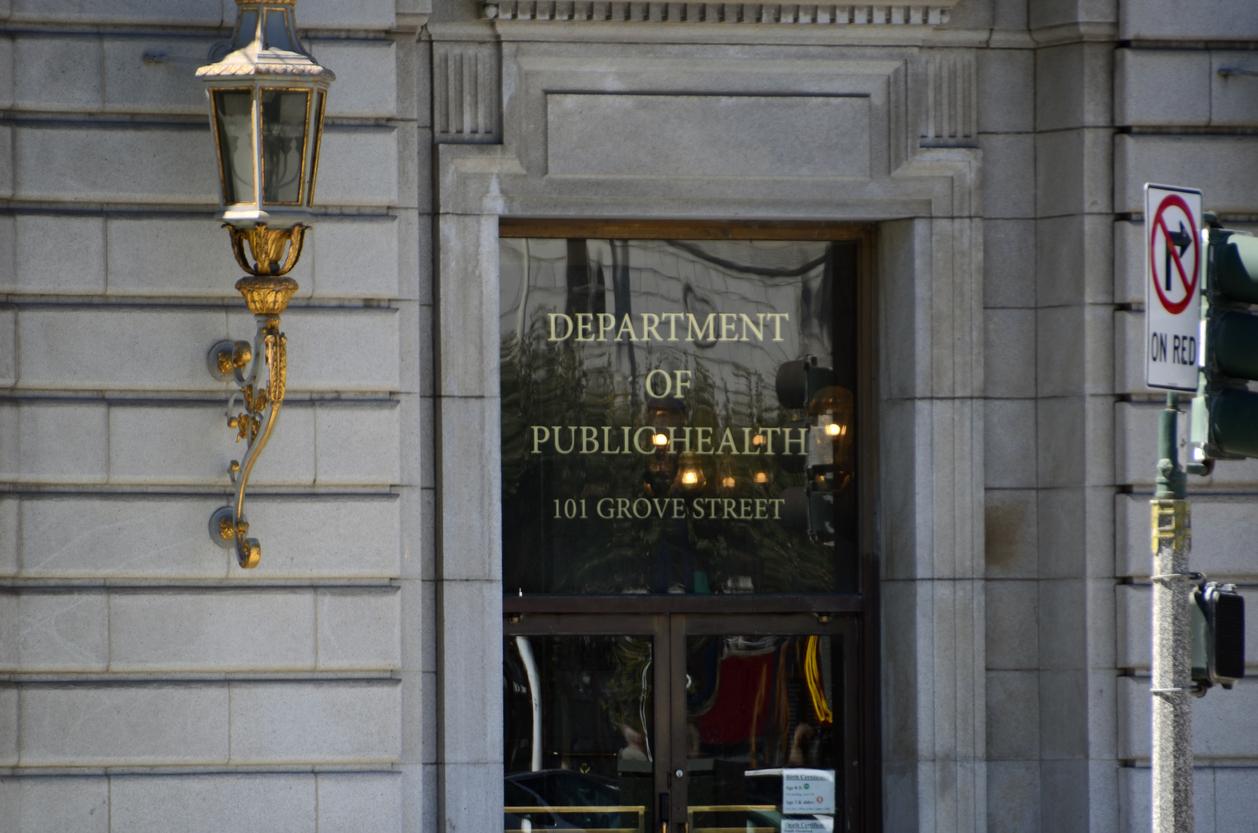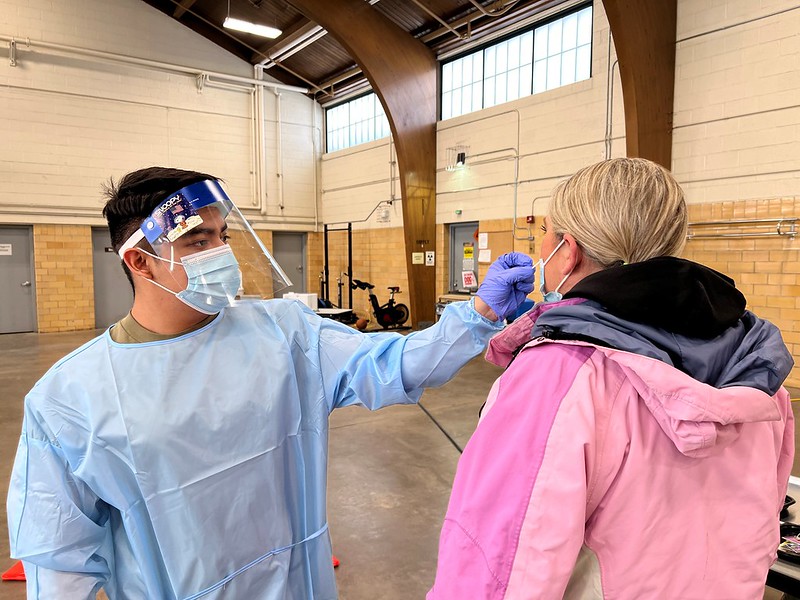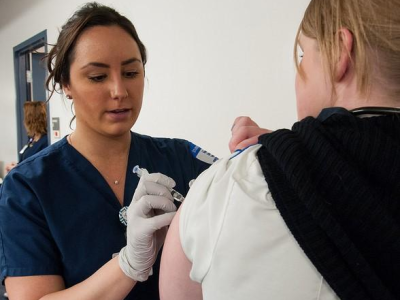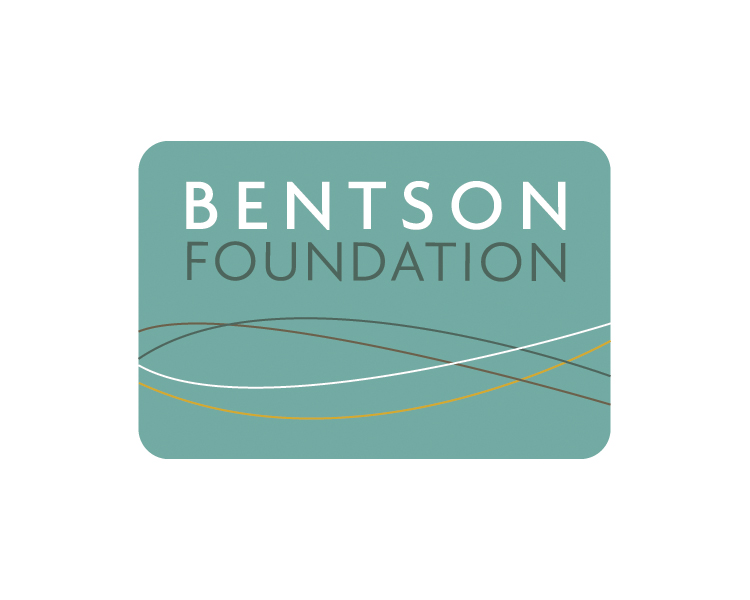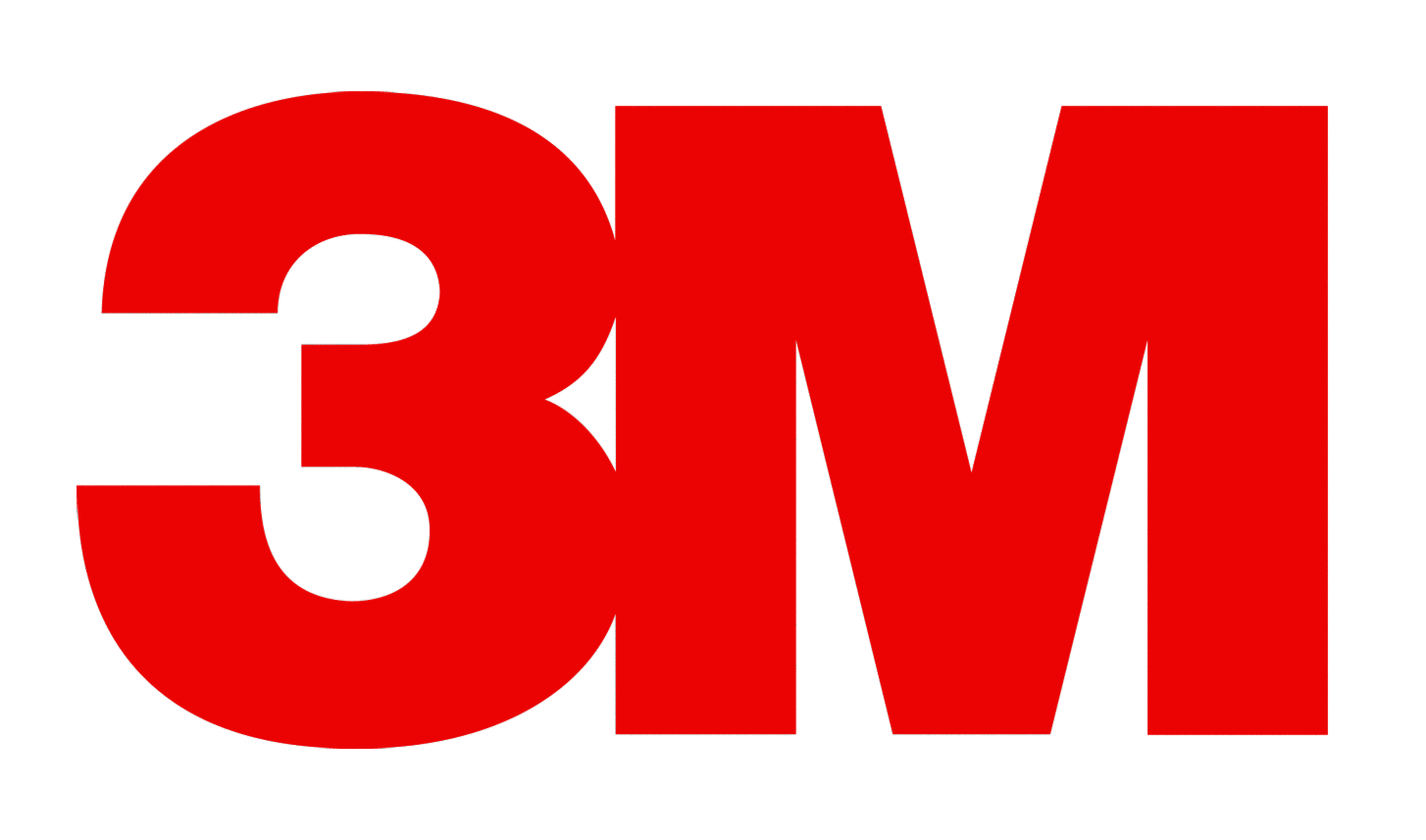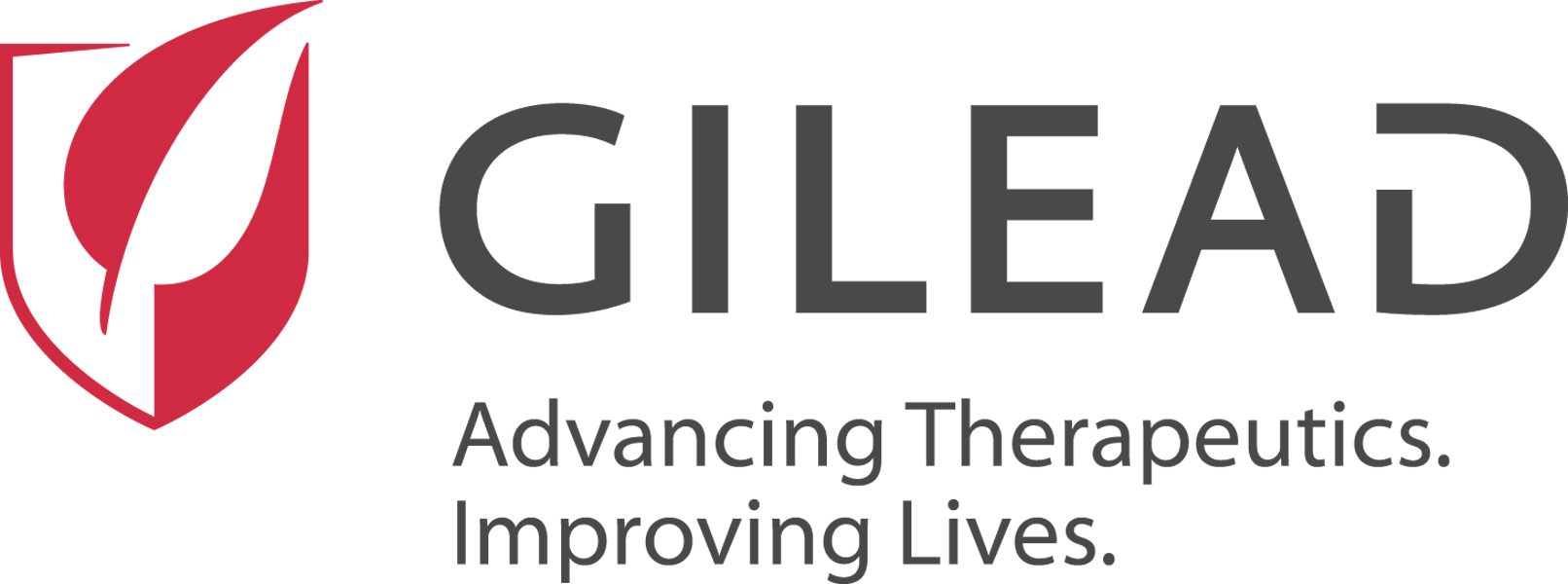Public health officials around the country are long familiar with the boom-and-bust cycles that have marked public health funding in the United States. When you have an emergency that needs an immediate response, like a pandemic, the money flows. When the crisis is over, the money tends to dry up, making it hard for state and local health departments to prepare for the next emergency.
With the COVID-19 pandemic declared over and a new presidential administration coming into office with a stated objective of cutting the deficit and dramatically reducing the size and scope of the federal government, a return to the bust part of the cycle was expected. But what's transpired under the second Trump administration has been even worse than what many officials were prepared for.
It started with the layoffs at federal health agencies that began in February and accelerated on March 27, when the Department of Health and Human Services (HHS) announced plans to reduce its workforce by 10,000 workers. State and local health department officials quickly feared the loss of experts at the federal level would substantially affect them.
But perhaps the biggest blow came 2 days earlier, when HHS announced it was blocking $11.4 billion in previously approved federal funding to states related to the COVID-19 pandemic and other public health threats. Although that funding has temporarily been restored by federal judges while a lawsuit challenging the cuts winds its way through the courts, the move has raised alarms about what's to come and how it could impair the ability of state and local health departments to respond to infectious disease outbreaks and other public health emergencies.
"The scale of it is something that we haven't seen before," Association of State and Territorial Health Officials (ASTHO) President Scott Harris, MD, MPH, told CIDRAP News. "I'm very concerned."
Slashed funds mean smaller programs, less staff
What many Americans probably don't know, Harris explains, is that most federal money spent on public health goes to directly to state and local health departments. A 2022 report by the National Association of County & City Health Officials found that federal sources—primarily grants from the Centers for Disease Control and Prevention (CDC)—accounted for 55% of local health department budgets.
As much as 80% to 90% of the funding for state and local programs that monitor and combat infectious diseases comes from CDC grants. State and local health departments use that money to pay for staff and fund local partner organizations.
In fiscal year 2023, the CDC obligated $14.9 billion to states and local jurisdictions. A significant share of that ($5.7 billion) consisted of time-limited funding for COVID-19 and public health infrastructure rebuilding, according to an analysis by KFF.
"A cut in money at the federal level impacts the work of state and local health departments in a profound way," says Harris, who's also the state health officer for the Alabama Department of Public Health. "It doesn't just mean fewer dollars flowing or smaller programs—it also means [cuts to] a lot of staff."
The HHS termination of the COVID funding in March meant the loss of $190 million in funding for the Alabama Department of Public Health, much of it tagged for immunization programs and health equity efforts, Harris says. For the Minnesota Department of Health (MDH), the amount was $226 million, a loss MDH officials said would result in the suspension of partner-led vaccine clinics and emergency preparedness activities, slower response times for infectious disease outbreaks, and reduced lab support for hospitals and healthcare facilities.
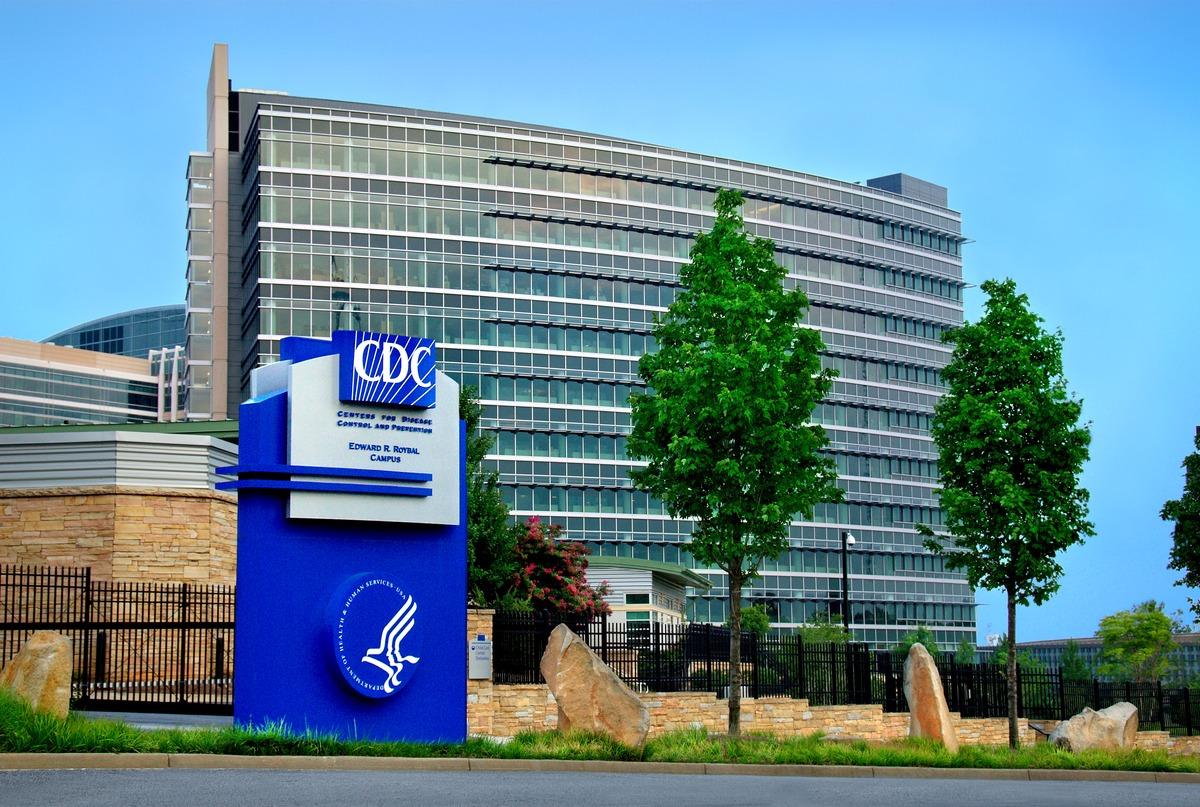
On April 1, MDH officials announced they'd sent layoff and separation notices to 170 employees whose positions were funded by that money. MDH was able to rescind many of those layoffs after a federal judge issued a temporary restraining order on April 5, in response to a lawsuit filed against HHS by Minnesota and 15 other states. On May 16, the cuts were again blocked when a federal district court in Rhode Island issued a preliminary injunction.
But the recissions didn't apply to temporary staff or contractors who'd been laid off, many of them from teams that have been working with local partners on engagement with communities that disproportionately bear the burden of infectious diseases. And courts could still find that the administration is within its rights to pull the funding.
